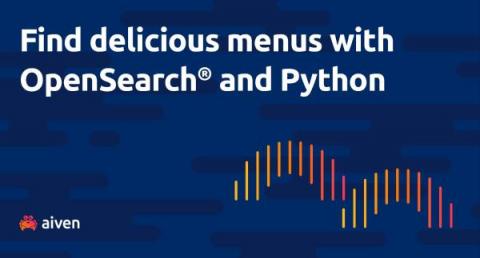Elastic Enterprise Search 8.4: Supercharged relevance for Elasticsearch
In Enterprise Search 8.4, hybrid ranking for vector similarity is now available from the main querying endpoint, commonly known as the _search Elasticsearch endpoint. Introduced as a standalone query endpoint in 8.0, vector querying functionality (specifically, kNN vector similarity) greatly simplifies and accelerates the process of crafting and issuing queries that leverage the native vector querying capabilities of Elasticsearch along with the tried-and-tested traditional scoring algorithms.











